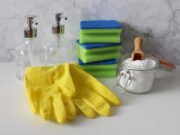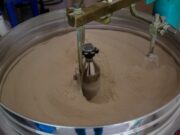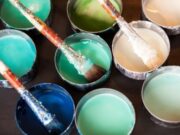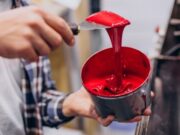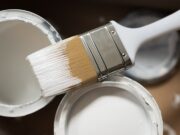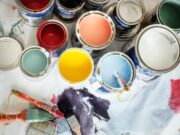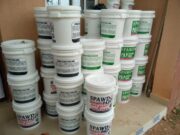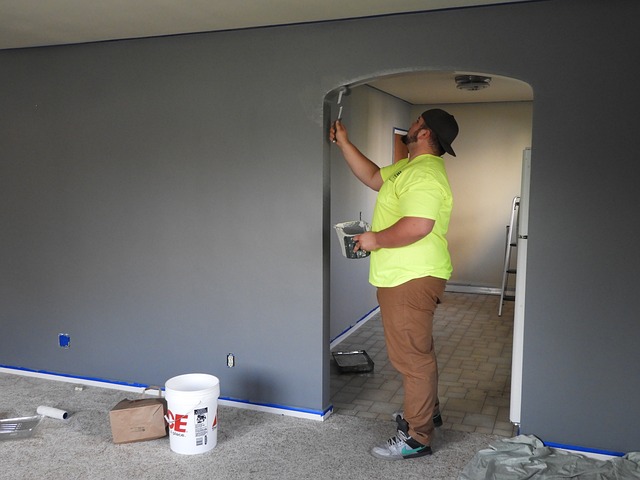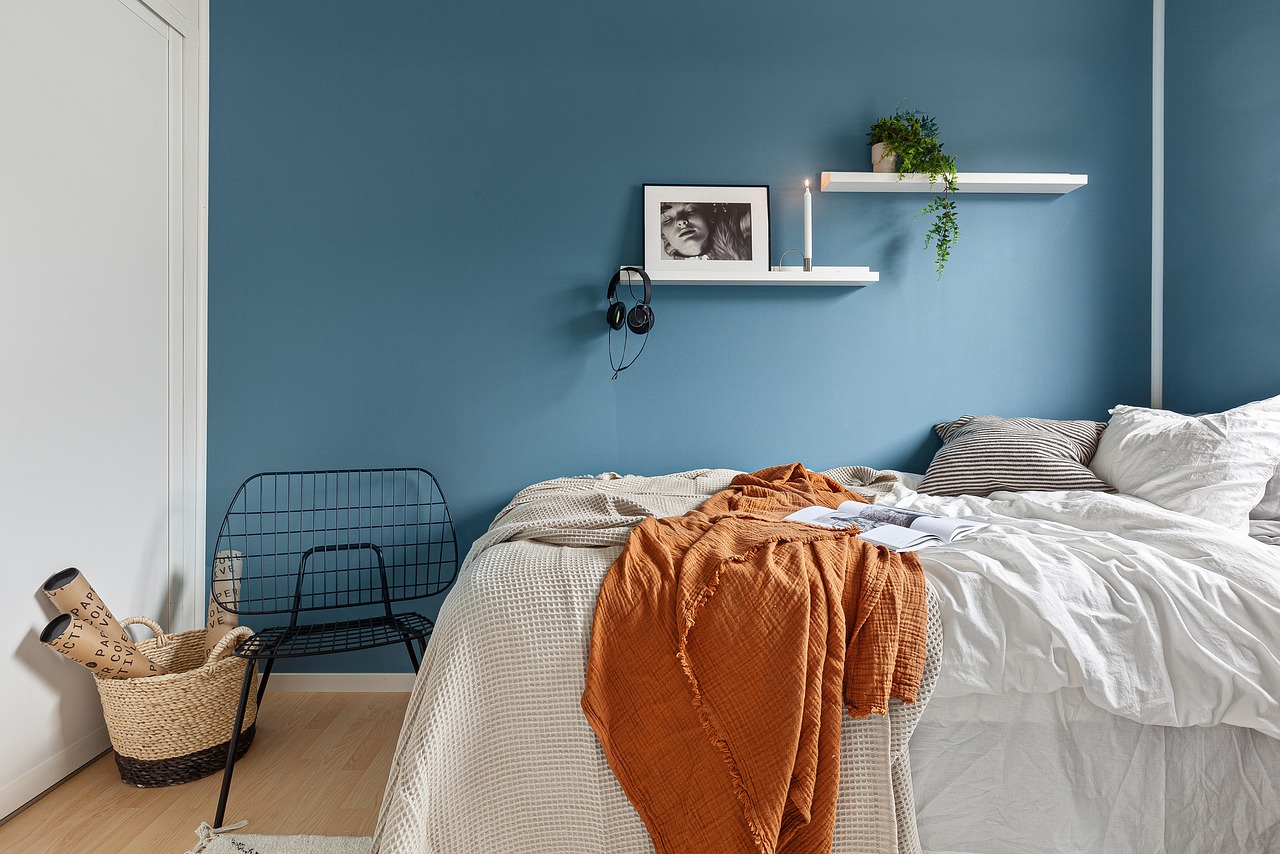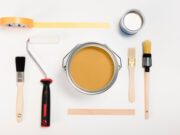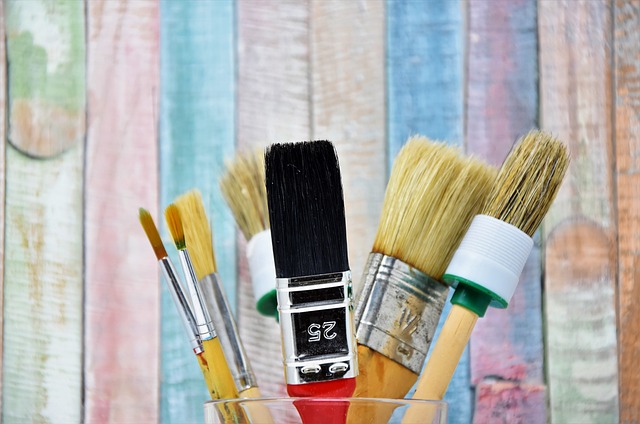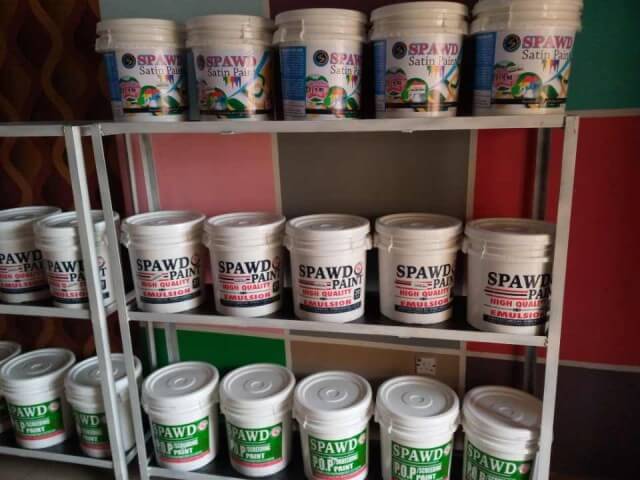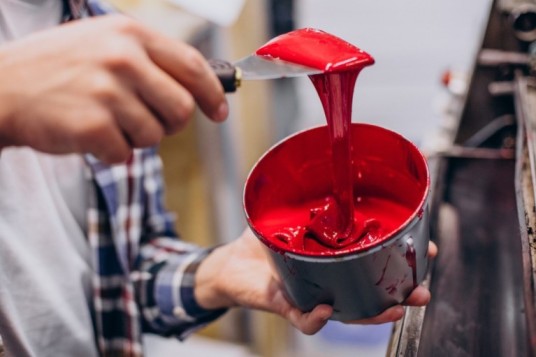Matt paint has become increasingly popular due to its smooth, non-reflective finish, which adds a touch of sophistication and elegance to walls and other surfaces.
Unlike glossy or semi-gloss finishes, matt paint does not reflect light, making it ideal for covering up walls imperfection and providing a more muted, understated look.
High-quality matt paint involves a precise blend of ingredients and processes that ensure the desired finish and durability.
This article will guide you through the essential steps and considerations on how to produce high-quality matt paint.
What Is Matt Paint?
Before we begin, you must understand what matt paint is and how it differs from other types of paint.
Matt paint is a water-based paint characterized by its low sheen and non-reflective finish. Its high pigment content gives it its rich color and excellent coverage.
Matt paint is often preferred for its ability to hide wall imperfections and its velvety finish that creates a cozy and warm atmosphere in any room.
What Are The Essential Components of Matt Paint?
The quality of matt paint largely depends on the ingredients used in its formulation.
Here are the key components for the production of high-quality matt paint.
1. Pigments
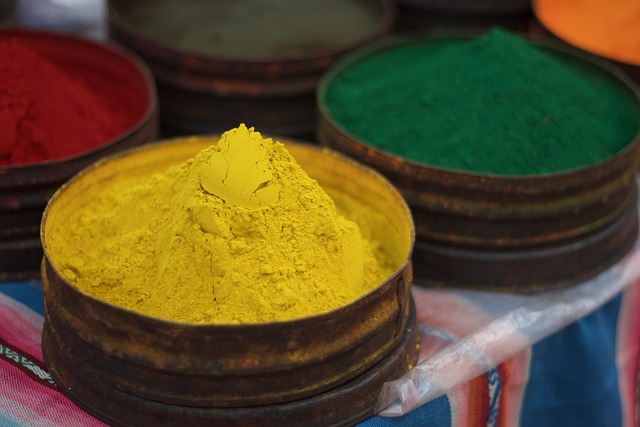
Pigments are the colorants in paint. They provide the paint with its color and opacity. In matte paints, a higher concentration of pigments is used to achieve better coverage and a deeper color.
2. Binders
Binders are responsible for holding the pigment particles together and providing adhesion to the painted surface.
The common binders used in producing high-quality matt paint include acrylic, vinyl acrylic, and polyurethane resins.
The choice of binder influences the paint’s durability, washability, and overall finish.
3. Solvents
Solvents are liquids that dissolve the binder and give your paint a workable consistency.
Water is the most common solvent in water-based matt paints, while mineral spirits or other hydrocarbons are used in oil-based paints.
The solvent evaporates as the paint dries, leaving behind the solid components.
4. Additives
Additives are used to enhance the properties of the paint, such as improving its flow, leveling, drying time, and resistance to mildew or UV light.
The common additives used in matt paint include thickeners, anti-foaming agents, and biocides.
5. Extenders
Extenders are added to increase the volume of the paint without affecting its quality.
They also help to reduce the gloss level, making them crucial in the production of matt paint. Common extenders include calcium carbonate, silica, and clay.
What Equipment Is Needed for The Production Of Matt Paint?
To produce quality matt paint, you’ll need the following equipment.
1. Mixing Tank Or Drum
You need a large container or drum where you’ll mix your paint. This tank or drums should be made of plastic or stainless steel to prevent contamination and also ensure easy cleaning.
2. High-Speed Dispersers
This refers to your mixing machine and a hand mixing machine is a good choice, it is used for mixing and dispersing the pigments and other solid ingredients into the liquid binder.
They operate at high speeds to ensure a uniform mixture.
3. Grinders
Pigment grinding is essential to achieve your desired fineness and color consistency. You can use a bead mill or ball mill for this purpose.
4. Packaging Machines
Once your paint is produced, it needs to be packaged into containers or buckets of various sizes. Packaging machines automate this process, ensuring efficiency and consistency, but you can do that manually.
Step-by-Step Process of Producing Quality Matt Paint
1. Prepare Your Raw Materials
The first step in producing matt paint is gathering and preparing your raw materials.
This includes your pigments, binders, solvents, additives, and extenders. The quality and consistency of these materials are important to the final product.
You must source high-quality raw materials from reputable suppliers to ensure your paint’s durability and finish.
2. Pigment Dispersion
The next step is dispersing the pigments into the binder. You will do this using your hand mixer on high-speed to dispers.
The goal is to break down the pigment particles to a fine size, ensuring they are evenly distributed throughout the mixture.
Proper dispersion is important for achieving consistent color and coverage.
Steps in Dispersing Your Pigments
- Add the solvent to your mixing tank or drum.
- Slowly add the pigment while your machine is running.
- Gradually increase the speed of your machine to ensure the pigments are fully incorporated.
- Continue mixing until your desired fineness is achieved.
3. Add Your Binder and Additives
Once the pigments are dispersed, is time to add your binder and any necessary additives.
The binder is the film-forming component that gives your paint its adhesive properties, while the additives enhance various aspects of the paint, such as drying time, flow, and resistance to environmental factors.
Steps in Incorporating Your Binder and Additives
Slowly add the binder to your mixture while stirring continuously.
- Add any necessary additives, such your thickeners, anti-foaming agents, or biocides, according to your formulation.
- Mix thoroughly to ensure all components are evenly distributed.
4. Adjusting The Paint Consistency
At this stage, you adjust the paint’s consistency by adding extenders and solvents as needed.
Extenders help to reduce the paint’s gloss and increase its volume, while solvents adjust the viscosity, making your paint easier to apply.
Steps in Adjusting Your Paint Consistency
- Gradually add the extenders while stirring continuously.
- Adjust the viscosity by adding solvents until your desired consistency is achieved.
- Test the paint’s application properties, such as flow and leveling, to ensure it meets your required standards.
5. Quality Control Testing
Quality control is an important part of the paint production process. You should conduct several tests to ensure the paint meets your desired specifications and performance standards.
Common Quality Control Tests
- Viscosity Test
Measure the thickness of the paint, this can affect its application and coverage.
- Gloss Level Test
Ensure the paint has your desired matt finish.
- Color Consistency Test
Check for uniformity in color throughout the production process.
- Adhesion Test
Assesses the paint’s ability to adhere to various surfaces.
- Scrub Resistance Test
Evaluates the paint’s durability and resistance to washing.
If the paint passes all quality control tests, it is ready for packaging.
6. Filtration and Packaging
The final step in the production process is filtering the paint to remove any impurities or oversized particles that could affect the finish.
After filtration, you can now package your paint into containers or buckets of various sizes, ready for distribution.
Steps in Filtration and Packaging
- Pass the paint through fine mesh filters to remove impurities.
- Transfer the filtered paint to the packaging line.
- Package the paint into containers, ensuring they are sealed properly to prevent contamination.
Tips for Producing High-Quality Matt Paint
Producing high-quality matt paint requires attention to detail and adherence to best practices.
Here are some tips to help you ensure the best results.
1. Use High-Quality Raw Materials:
The quality of your raw materials directly impacts the final product. Always source your materials from reputable suppliers.
2. Maintain Equipment
Regular maintenance of your mixing tanks or drums, dispersers, and other equipment is essential for consistent production.
Clean all your equipment thoroughly between production to avoid contamination.
3. Control Environmental Conditions
Temperature and humidity can affect your paint production process. Ensure your production facility is climate-controlled to maintain consistency.
4. Conduct Regular Quality Control Tests
Implement a rigorous quality control process to catch any issues early and ensure that every production meets your standards.
5. Fine-Tune Your Formulation
Don’t be afraid to experiment with your formulation to achieve your desired properties.
Small adjustments to pigment concentration, binder type, or additives can significantly impact the final product.
Environmental Considerations
The paint production industry is increasingly focused on reducing its environmental impact.
Here are some ways to produce matt paint more sustainably.
1. Use Low-VOC Formulations
Volatile organic compounds (VOCs) are harmful to both the environment and human health. Always opt for low-VOC or zero-VOC formulations to reduce the environmental impact.
2. Recycle Waste
Implement a recycling program for waste materials, such as leftover pigments or solvents. This not only reduces waste but can also save you costs.
3. Energy Efficiency
Use energy-efficient equipment and processes to reduce the carbon footprint of your production facility.
4. Water Conservation
Water is a critical resource in paint production, especially for water-based paints like matt. Implement water-saving practices in your production facility to minimize waste.
Conclusion
Producing high-quality matt paint is both a science and an art. It requires a deep understanding of the components involved, the right equipment, and a meticulous production process.
By following the steps outlined in this guide and adhering to the best practices, you can produce high-quality matt paint that not only meets but exceeds industry standards.
Happy production.





